The opening of a new government-backed rapid testing facility for tidal turbine blades will help spur the development of marine energy technologies in Scotland, according to its designers.
Based in Rosyth, Fife, the £4.6 million FastBlade facility was officially opened on Friday by UK Government Minister for Scotland Malcolm Offord.
Designers say the first-of-its-kind site will help maintain Scotland’s position at the forefront of tidal energy development.
FastBlade’s technology will help stress test blades made from composite materials – which must withstand harsh ocean conditions for 20 years – more quickly, and using significantly less energy than any other facility of its kind, the team behind the facility says.
The site centres on a 75-tonne reaction frame, capable of exerting powerful forces on turbine blades more than 50 feet long.
This replicates the forces to which tidal turbines are exposed at sea using unique digital and hydraulic technology systems developed by engineers at Edinburgh University.
Tests on blades are carried out using a system of powerful hydraulic cylinders, which, in less than three months, can simulate the stresses placed on the structures during two decades at sea.
Partnership bring tidal project forward
The site has been developed as part of a partnership between Edinburgh University and engineering group Babcock International, and supported by a £1.8 million grant from the UK Government, via the Engineering and Physical Sciences Research Council (EPSRC), part of UK Research and Innovation (UKRI).
It has received additional funding from Edinburgh Innovations, the university’s commercialisation service, throughout its development.
By providing developers with better data on how tidal turbine blades deteriorate over time, the research team hopes to help optimise the design of more durable, efficient structures.
The site also allows client businesses and students the chance to develop their digital and data skills in its state-of-the-art research centre, and can be used to support work in other industries, such as testing lightweight bridge sections or aircraft wing components.
It is the first facility to open in a recently launched “innovation centre” at Babcock’s Rosyth site.
The Arrol Gibb Innovation Campus (AGIC) will work with companies across the marine, nuclear and energy-transition sectors to transform large-scale manufacturing through innovation and skills development.
Babcock on FastBlade project
Babcock engineering director Neil Young said the opening marked “a real milestone” for all of the team involved in the FastBlade partnership.
“We’ve taken a vision of technological innovation and together we’ve built a ground-breaking engineering construct that can carry out large-scale accelerated testing of structural composites in a more sustainable way,” Mr Young added.
“Collaborations like this are fundamental to help us and the wider engineering industry create more research opportunities and secure longer-term investment into digital and data skills – an area that is significantly growing in demand for Babcock and our customers.
“We believe the research arm of this facility will generate real interest from students looking to learn more about sustainable technology and I’m really looking forward to working with the teams to support that skills agenda and see where this takes us into the future.”
A study published last year by leading UK universities found that tidal stream power could reach 11.5 GW of installed capacity by 2050 – enough to meet 11% of the UK’s projected electricity needs – but called on greater support from government to enable the technology to become more competitive.
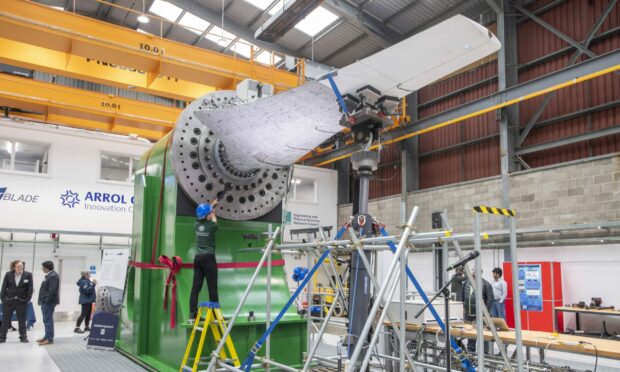
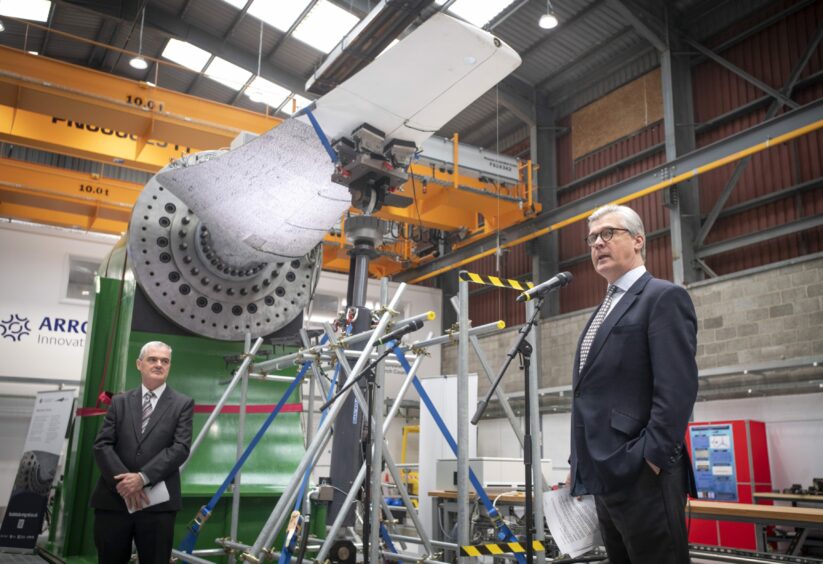
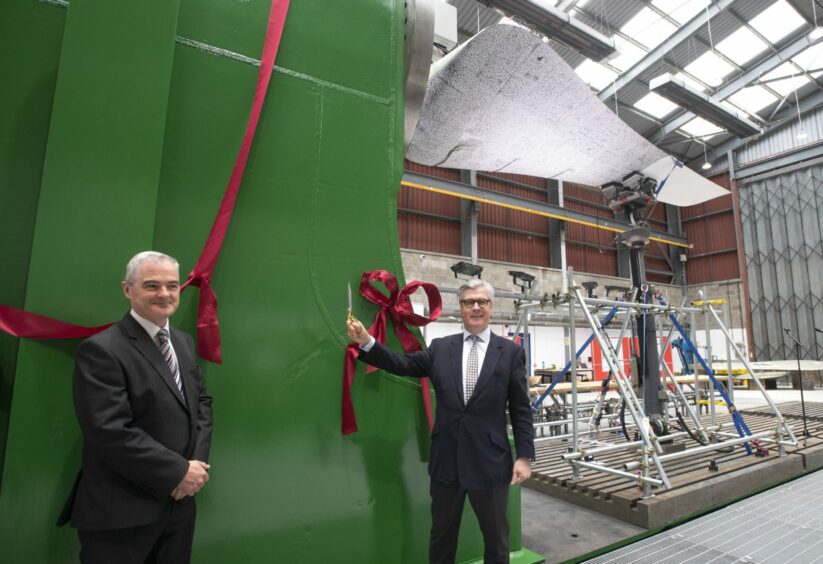
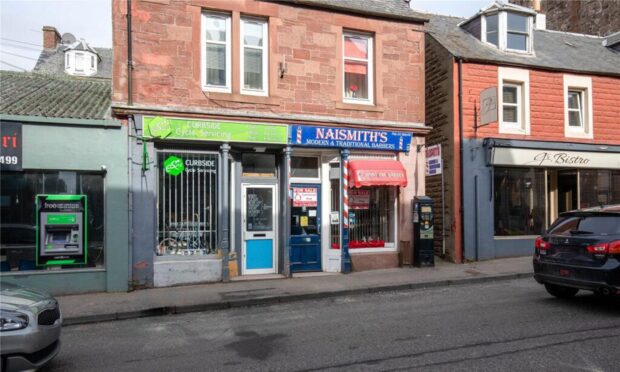
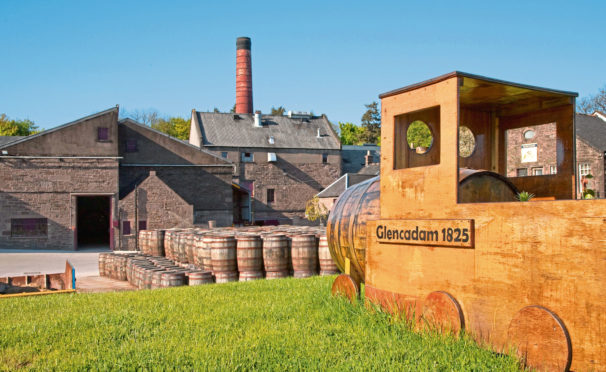
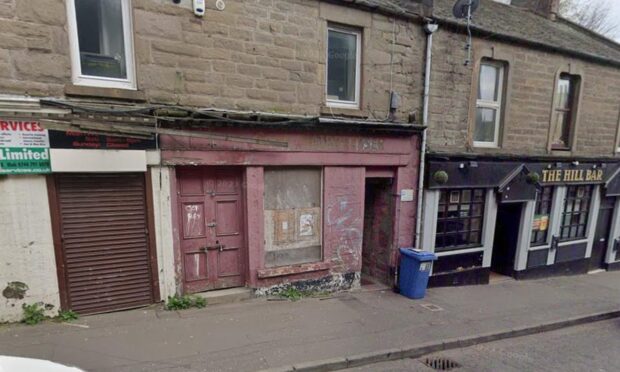
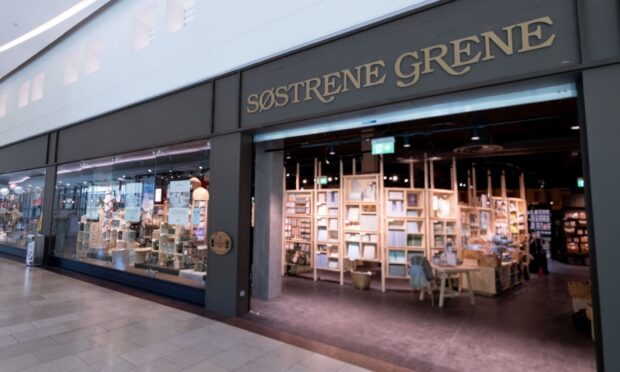
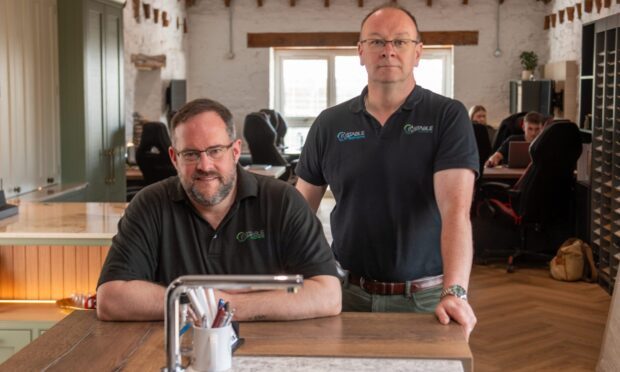
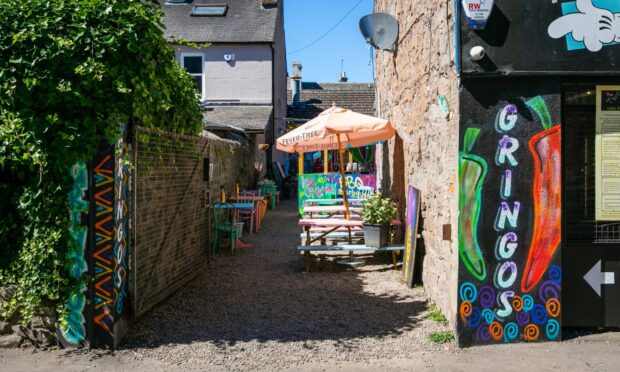
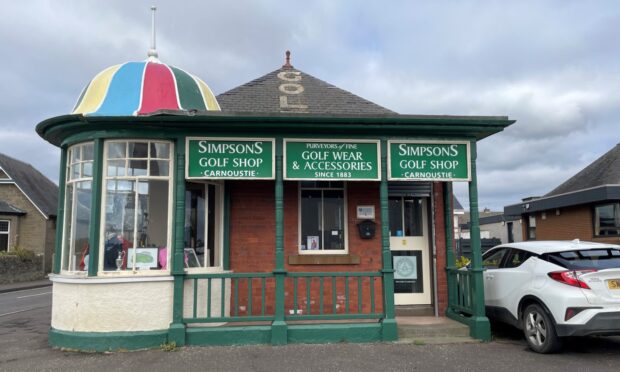

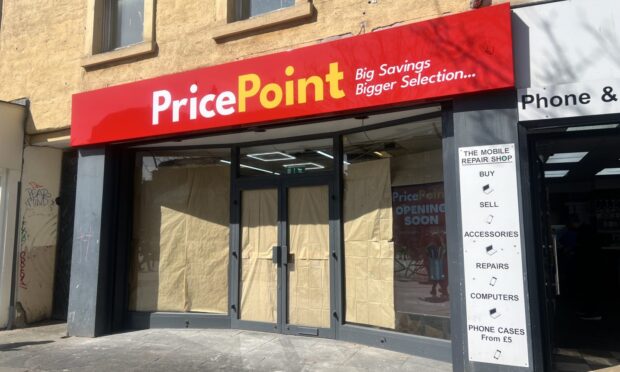
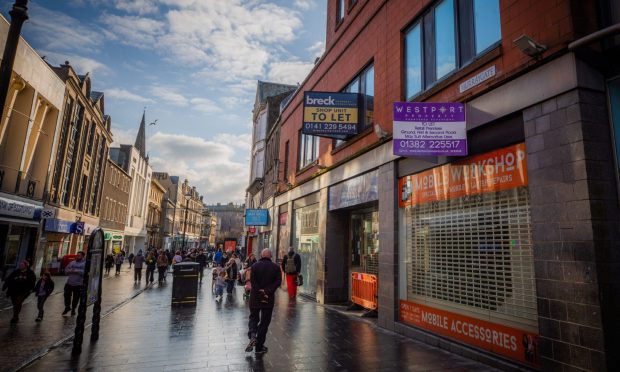
Conversation